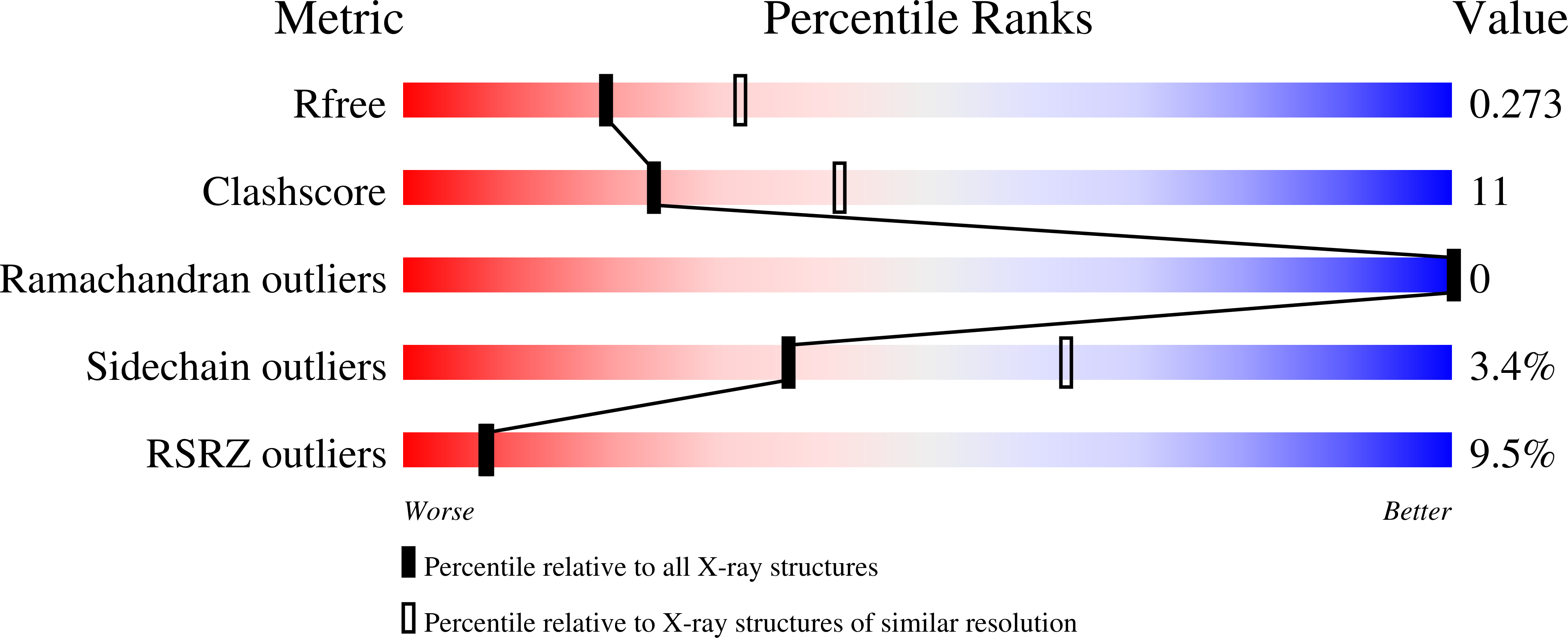
Deposition Date
2021-07-23
Release Date
2022-08-03
Last Version Date
2023-10-25
Entry Detail
PDB ID:
7RLE
Keywords:
Title:
Crystal structure of PPAR gamma in complex with CREB-binding protein and agonist GW1929
Biological Source:
Source Organism:
Homo sapiens (Taxon ID: 9606)
Host Organism:
Method Details:
Experimental Method:
Resolution:
2.50 Å
R-Value Free:
0.27
R-Value Work:
0.23
R-Value Observed:
0.23
Space Group:
P 21 21 21


